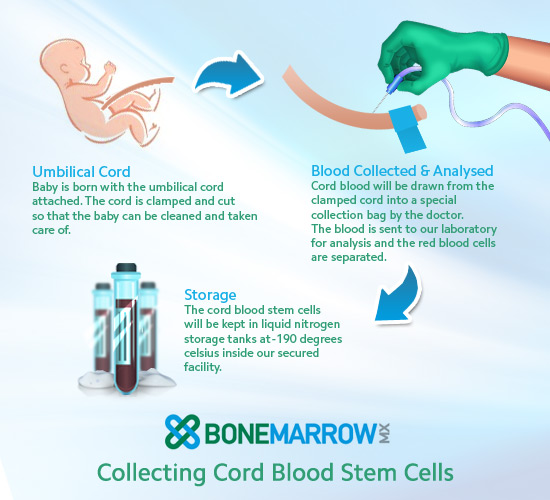Cord blood banking is the method of amassing and storing the blood from the umbilical wire after a baby is born. This blood is wealthy in hematopoietic stem cells, which have the potential to turn into various forms of blood cells. Cord blood banking serves as a priceless supply of stem cells for medical remedies and analysis. Here's an outline of the vital thing aspects of wire blood banking:
Collection:
Cord blood is collected immediately after the child is born and the umbilical cord is clamped and minimize.
The assortment process is straightforward, painless, and poses no danger to the mother or the new child.
Stem Cell Content:
Cord blood incorporates hematopoietic stem cells, which have the flexibility to distinguish into different types of blood cells, including red blood cells, white blood cells, and platelets.
These stem cells are just like these found in bone marrow and can be used in varied medical therapies.
Processing:
After Get more information , the twine blood is processed to isolate and focus the stem cells. This involves eradicating pink blood cells and different elements to create a stem cell concentrate.
Cryopreservation:
The processed wire blood is then cryogenically preserved, usually by freezing it at very low temperatures. This preserves the viability of the stem cells for an prolonged interval.
Storage:
The cryopreserved twine blood is saved in specialized services, also recognized as wire blood banks. These banks are geared up to take care of the integrity of the saved samples over a few years.
Private Cord Blood Banking:
Parents may choose to store their baby's twine blood in a non-public cord blood bank for his or her household's unique use.
This possibility offers the household with entry to the wire blood if a member of the family requires a stem cell transplant sooner or later.
Public Cord Blood Banking:
Alternatively, parents can choose to donate their baby's cord blood to a public twine blood bank. This makes the cord blood available to any individual in want of a stem cell transplant.
Public cord blood banking contributes to the creation of a diverse and accessible stock of stem cell items for the overall population.
Potential Medical Uses:
Cord blood stem cells have been used within the remedy of various ailments, including certain types of cancers, blood problems, and immune system problems.
Ongoing analysis explores the potential purposes of cord blood stem cells in regenerative medicine and the treatment of different medical circumstances.
Education and Awareness:

Cord blood banks typically engage in instructional initiatives to boost awareness in regards to the importance of cord blood donation and banking.
Cord blood banking provides households the chance to potentially use the stored stem cells for medical therapies sooner or later. The decision to financial institution twine blood is a private one and involves considerations such as family medical history, potential health dangers, and the prices associated with non-public banking. Public twine blood banking additionally plays a vital role in providing stem cell assets for people who do not have personal cord blood saved..
